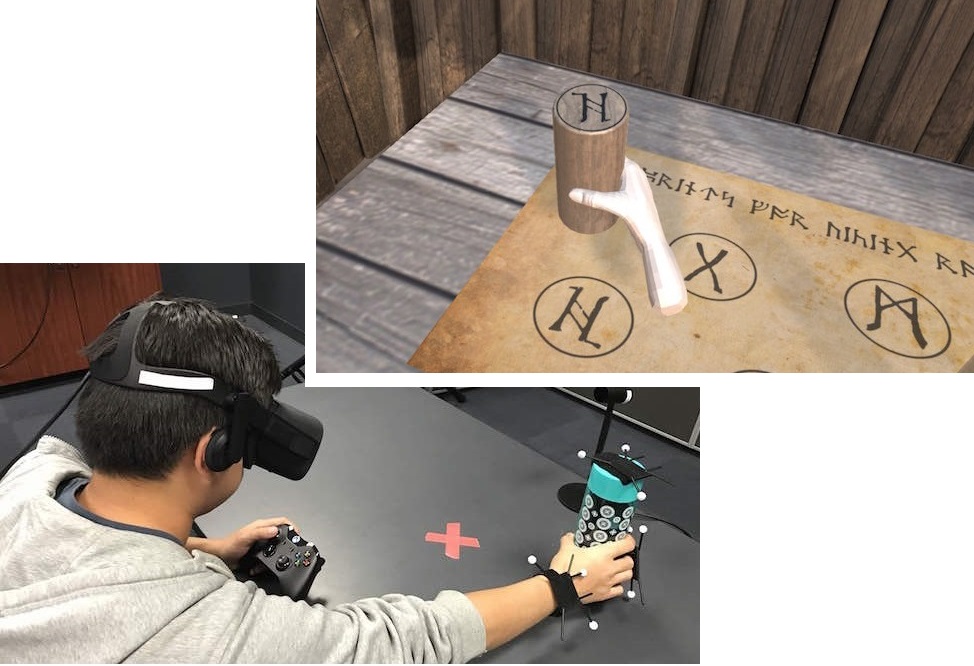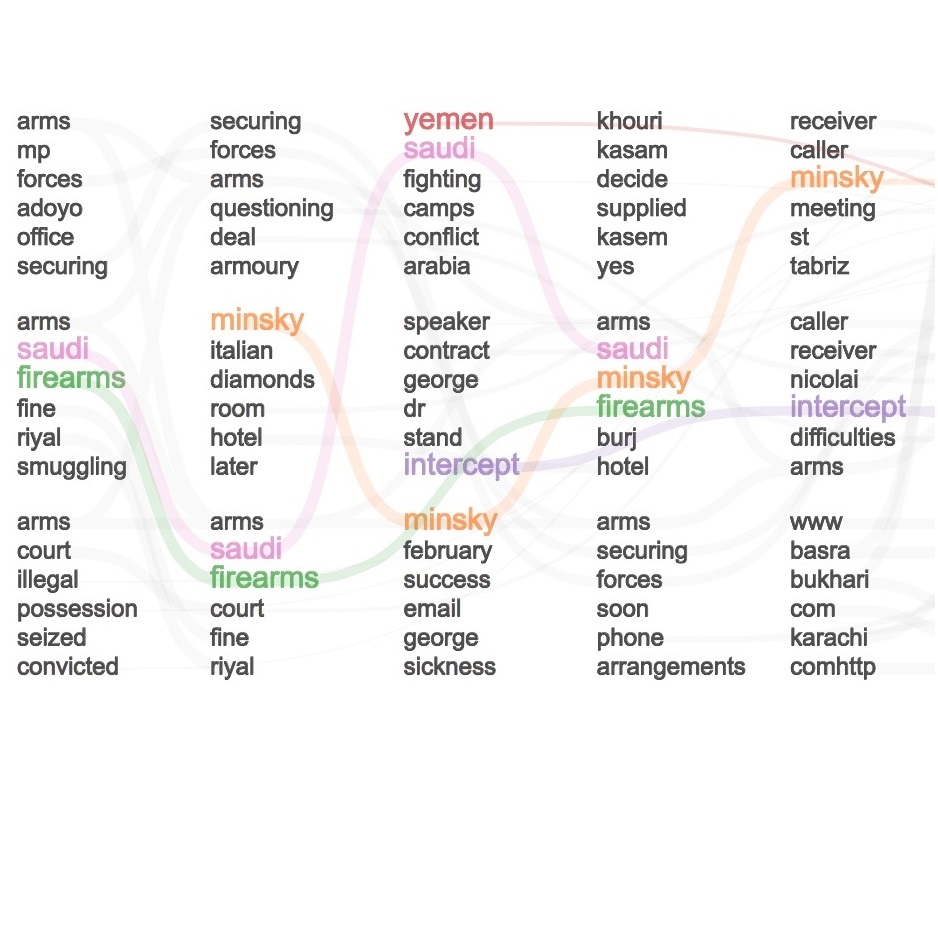Research
The Interactive Data and Immersive Environments (Indie) research lab at the University of Florida conducts human-centered research of interactive visualizations. We focus on the design and evaluation of applications and techniques that support effective interaction and understanding of data, information, and virtual environments. Most of our research lies under the umbrella of human-computer interaction (HCI), and projects address topics information visualization, visual analytics, virtual reality, or 3D interaction.

Visualizing Interaction History for Multidimensional Data Analysis
Visualization tools can take advantage of multiple coordinated views to support analysis of large, multidimensional data sets. Effective design of such views and layouts can be challenging, but understanding users' analysis strategies can inform design improvements. Visual analytics methods are needed to capture and learn from user interaction data to understand analysis behavior. (More information here)

Explainable Machine Learning and Artificial Intelligence
Advancements in machine learning provide powerful methods for automated data processing and support for data analysis, but such methods can be complicated, and many people do not trust methods they do not understand. This research investigates methods for supporting transparency and providing explanations of how and why algorithms provide the output that they do. New XAI (eXplainable Artificial Intelligence) techniques are needed to provide more interpretable machine models, and new empirical studies are needed to better understand how different types of explanations influence human understanding and trust of computational systems.

3D Interaction with Haptic Props in Virtual Reality
In many virtual reality applications, it would be ideal if users could use their physical hands to directly interact with virtual objects while experiencing realistic haptic feedback. While this can beachieved via interaction with tracked physical props that correspond to virtual objects, practical limitations make it difficult to achieve a physical environment that exactly represents the virtual world. Our research explores methods for using physical objects and haptic feedback for object interactions.

Visualizing Analytic Provenance for Text Analysis
After data analysis, recalling and communicating the steps and rationale followed during the analysis can be difficult. This research explores the use of interaction logs to generate visual summaries of an analyst's interests based on interactions during data analysis. (More information here)

Comfortable and Natural Travel Techniques for VR
Virtual reality systems often allow users to use natural, physical body movements to view and interact with 3D environments. In certain situations, however, it may not be practical or desirable to require completely realistic physical interaction. Our research explores travel techniques that balance naturalness and comfort.

Educational and Training Effectiveness with VR Systems
Virtual simulations are commonly used to educate and train for real-world scenarios. We study how various virtual reality displays and interaction techniques affect learning and training transfer. By taking advantage of both head-mounted displays and surround-screen projection systems, we evaluate how different types of travel and viewing techniques affect information retention, training transfer, sickeness, and the ability to maintain spatial orientation within complex 3D spaces.
